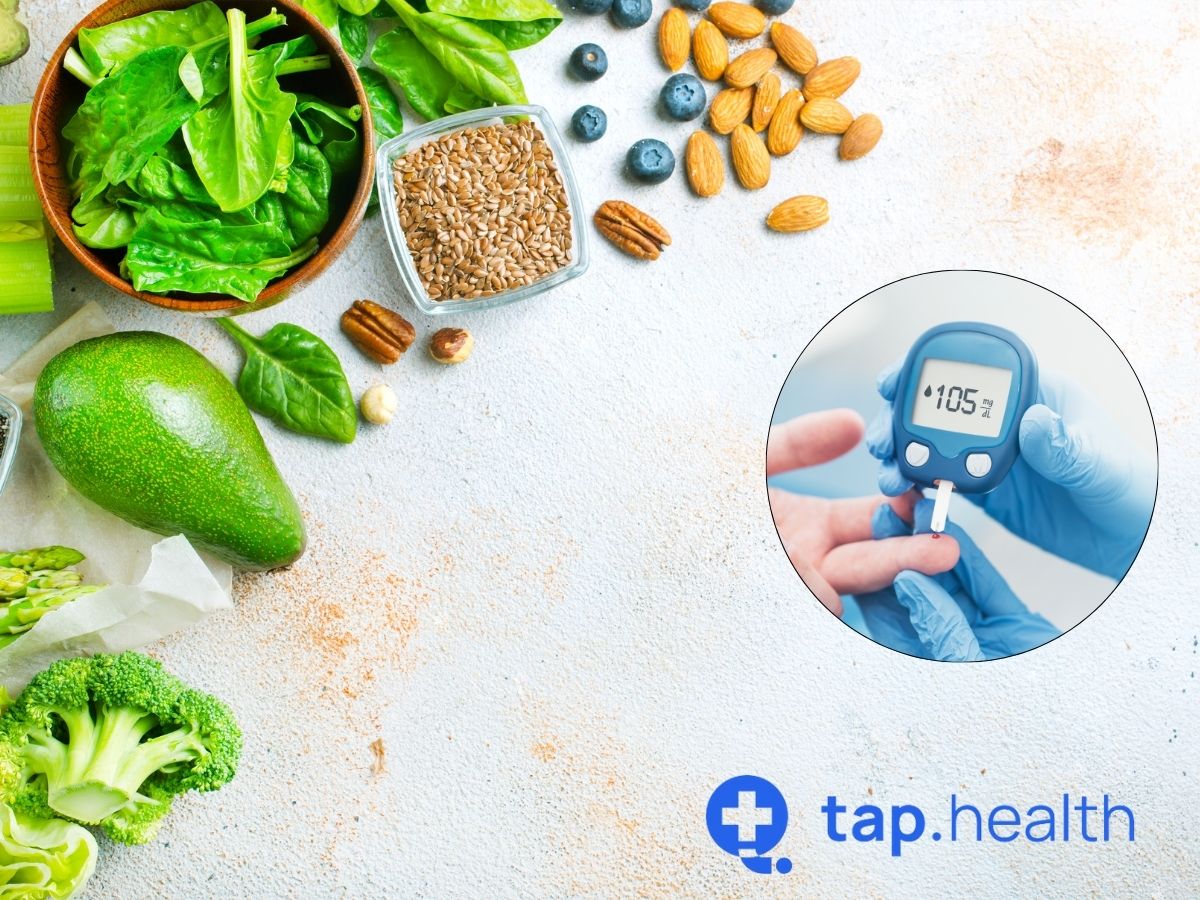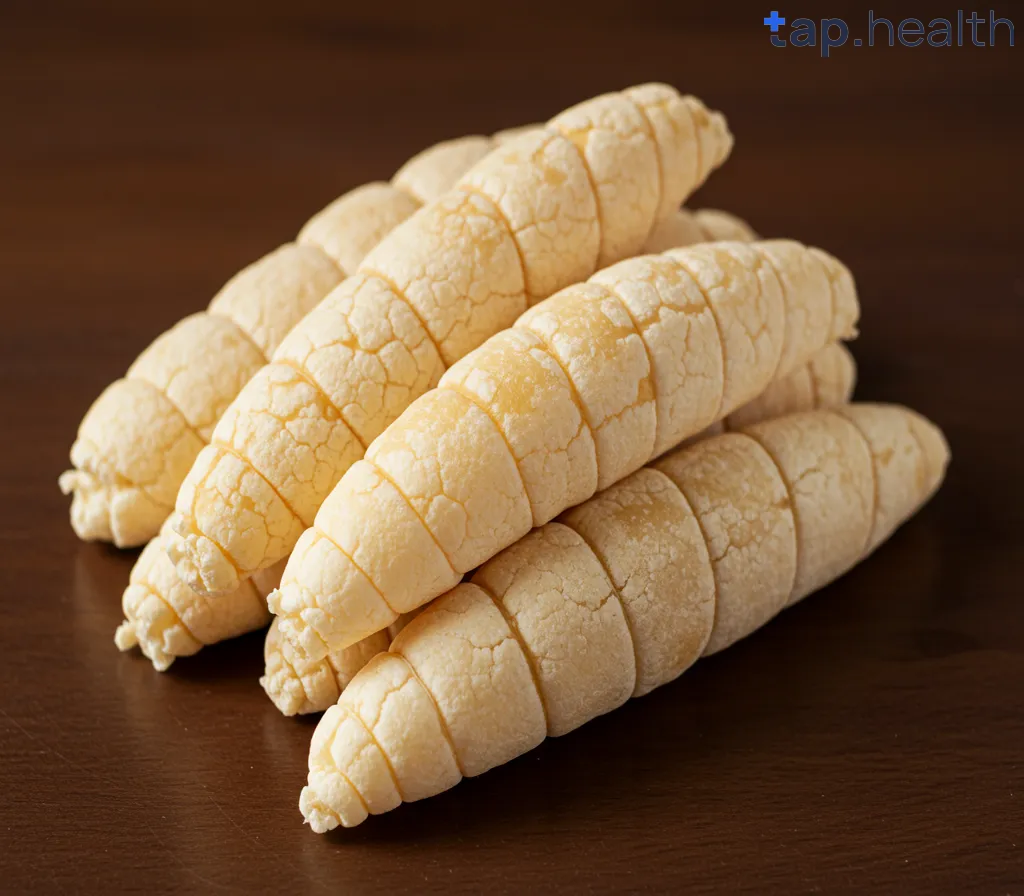Managing diabetes goes beyond medication—it hinges on lifestyle choices, especially diet. A well-crafted Indian vegetarian diet can stabilize blood sugar, promote weight management, and reduce the risk of complications. This blog outlines a 7-day Indian vegetarian diet chart tailored for diabetic patients, incorporating nutrient-rich foods to support overall health.
Why a Diet Plan Matters for Diabetes Management
A structured diet is critical for maintaining stable blood sugar levels. Poor dietary habits can cause blood sugar spikes, leading to complications like heart disease or nerve damage. A diabetes-friendly diet offers multiple benefits:
- Regulates Blood Sugar: Balanced meals prevent sudden glucose spikes.
- Supports Weight Control: Proper portions help manage weight, crucial for diabetes.
- Reduces Health Risks: Nutrient-rich foods lower the risk of heart disease.
- Provides Essential Nutrients: Ensures the body gets vitamins and minerals without raising glucose levels.
Key Tips for a Diabetes-Friendly Indian Vegetarian Diet
Crafting an effective diet requires thoughtful food choices. Below are essential tips to design a diabetes-friendly vegetarian meal plan:
1. Focus on Fiber-Rich Foods
Fiber slows digestion, preventing rapid blood sugar spikes. Include whole grains, legumes, vegetables, and low-GI fruits to boost fiber intake.
2. Opt for Complex Carbohydrates
Complex carbs like brown rice, oats, and millets digest slowly, ensuring steady blood sugar levels. Avoid refined carbs like white rice or bread.
3. Incorporate Protein in Every Meal
Protein promotes satiety and stabilizes glucose levels. Add lentils, tofu, or paneer to meals for balanced nutrition.
4. Choose Healthy Fats
Healthy fats from nuts, seeds, or olive oil support heart health without spiking blood sugar. Avoid trans fats and fried foods.
5. Practice Portion Control
Even healthy foods can raise blood sugar if consumed excessively. Use smaller plates and monitor portions to manage calorie intake.
6. Stay Hydrated
Adequate water intake aids digestion and helps regulate blood sugar. Aim for 8–10 glasses daily, avoiding sugary drinks.
Best Foods for an Indian Diabetic Diet
Selecting the right foods is key to managing diabetes. Here’s a breakdown of food groups ideal for a vegetarian diabetic diet:
1. Leafy Greens
Spinach, fenugreek (methi), and kale are low in carbs and calories but rich in antioxidants, vitamins, and minerals, making them perfect for blood sugar control.
2. Whole Grains
Brown rice, quinoa, and oats release glucose slowly, preventing spikes. These grains are also high in fiber, supporting digestion.
3. Legumes and Pulses
Lentils, chickpeas, and kidney beans provide protein and fiber, aiding blood sugar regulation and satiety.
4. Low-Glycemic Index Fruits
Apples, pears, and berries have a low glycemic index (GI), causing gradual blood sugar increases. They’re also packed with vitamins and antioxidants.
5. Healthy Fats
Nuts, seeds, and avocados offer heart-healthy fats, promoting fullness and steady energy release without affecting blood sugar.
6. Low-Fat Dairy
Unsweetened yogurt, paneer, and low-fat milk provide calcium and protein, ideal for a balanced diabetic diet.
Foods to Avoid for Diabetic Patients
Certain foods can disrupt blood sugar control and should be limited or avoided:
- Refined Carbohydrates: White rice, white bread, and sugary cereals cause rapid glucose spikes.
- Sugary Beverages: Sodas, fruit juices, and sweetened teas are high in sugar and should be replaced with water or herbal teas.
- Fried Foods: Samosas, pakoras, and other fried snacks are high in unhealthy fats, contributing to weight gain.
- Processed Snacks: Chips, cookies, and instant noodles are loaded with refined carbs and sugars.
- Sugary Sweets: Traditional sweets like gulab jamun or laddoos can spike blood sugar significantly.
7-Day Indian Vegetarian Diet Chart for Diabetes
Below is a sample 7-day meal plan designed to balance nutrients, control blood sugar, and cater to Indian vegetarian preferences.
Day 1
- Breakfast (8:00 AM): Oats porridge with almonds and walnuts.
- Lunch (1:00 PM): Brown rice, moong dal, and mixed vegetable sabzi.
- Snack (4:00 PM): Cucumber slices with hummus.
- Dinner (7:30 PM): Quinoa with stir-fried spinach and tomatoes.
Day 2
- Breakfast (8:00 AM): Moong dal chilla with mint chutney.
- Lunch (1:00 PM): Millet roti, paneer bhurji, and green salad.
- Snack (4:00 PM): Roasted chickpeas (handful).
- Dinner (7:30 PM): Mixed vegetable soup with whole wheat toast.
Day 3
- Breakfast (8:00 AM): Vegetable poha with low-fat curd.
- Lunch (1:00 PM): Brown rice, rajma curry, and cucumber-tomato salad.
- Snack (4:00 PM): Apple slices with a smear of peanut butter.
- Dinner (7:30 PM): Lentil soup with grilled mixed vegetables.
Day 4
- Breakfast (8:00 AM): Ragi dosa with sambar and coconut chutney.
- Lunch (1:00 PM): Vegetable pulao with curd and a side salad.
- Snack (4:00 PM): Low-fat yogurt with chia seeds.
- Dinner (7:30 PM): Whole wheat roti with moong dal and bhindi sabzi.
Day 5
- Breakfast (8:00 AM): Vegetable upma with green peas.
- Lunch (1:00 PM): Quinoa with chickpea curry and cucumber raita.
- Snack (4:00 PM): Handful of almonds and walnuts.
- Dinner (7:30 PM): Brown rice with mixed vegetable stew.
Day 6
- Breakfast (8:00 AM): Multigrain bread with peanut butter and a boiled egg (optional for lacto-vegetarians).
- Lunch (1:00 PM): Millet khichdi with mixed vegetables and curd.
- Snack (4:00 PM): Pear slices with a sprinkle of cinnamon.
- Dinner (7:30 PM): Moong dal curry with steamed spinach and carrots.
Day 7
- Breakfast (8:00 AM): Besan chilla with tomato chutney.
- Lunch (1:00 PM): Red rice with curd and mixed vegetable salad.
- Snack (4:00 PM): Handful of roasted flaxseeds.
- Dinner (7:30 PM): Bajra roti with methi dal and green salad.
FAQs on Indian Vegetarian Diet for Diabetes
1. What Indian foods are good for diabetes?
Whole grains (brown rice, quinoa), lentils, leafy greens (spinach, methi), and low-GI fruits (apples, berries) are ideal for managing blood sugar.
2. What is the best Indian food for diabetics?
Moong dal, brown rice, ragi, and vegetables like fenugreek and bitter gourd are excellent due to their low GI and high fiber content.
3. Is poha good for diabetes?
Yes, poha prepared with vegetables and minimal oil is a low-GI option, suitable in moderation for diabetic patients.
4. Which South Indian foods are diabetes-friendly?
Ragi dosa, idli, and sambar made with minimal oil and served with vegetables are great choices for blood sugar control.
5. Which dal is best for diabetes?
Moong dal is highly recommended due to its low carb content, high fiber, and protein, which help regulate blood sugar.
6. How does an Indian diet chart help manage diabetes?
A balanced Indian diet chart incorporates fiber, protein, and healthy fats to stabilize blood sugar and prevent complications.
7. What foods should diabetics avoid in an Indian diet?
Avoid refined carbs (white rice, white bread), sugary sweets (laddoos, halwa), fried snacks, and sugary beverages.
8. Is rice safe for diabetics?
White rice should be limited due to its high GI. Opt for brown rice, red rice, or quinoa for better blood sugar control.
Conclusion
A well-planned Indian vegetarian diet can be a powerful tool for managing diabetes. By prioritizing fiber-rich foods, complex carbs, and healthy fats while avoiding refined sugars and fried items, diabetic patients can maintain stable blood sugar levels and improve overall health. Follow the 7-day diet chart above, tailor it to your preferences, and consult a dietitian for personalized advice.



